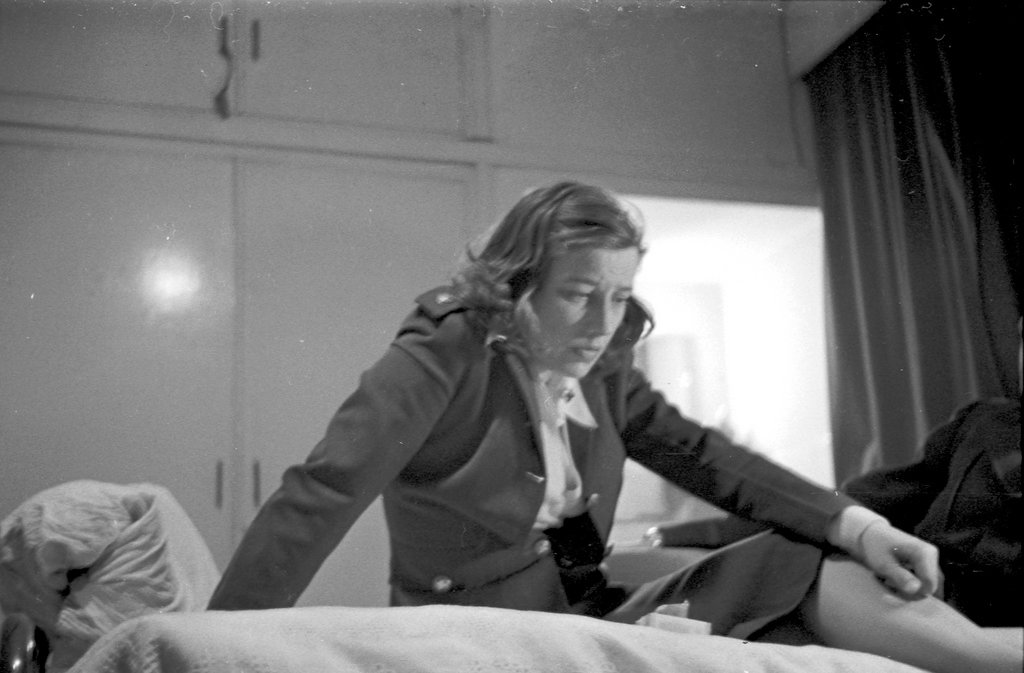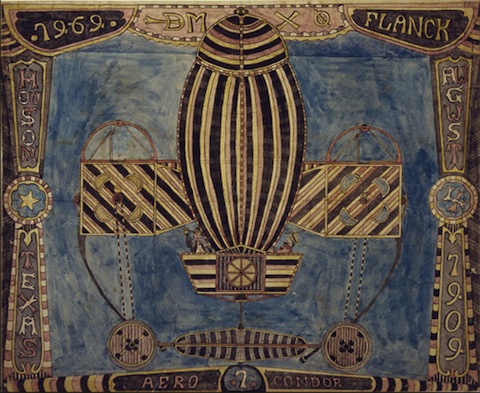Portraits
[Cross-posted at Society for Military History Blog.] An interesting Flickr set of photographs evidently taken in the south of England in the last year of the Second World War was recently posted to a WWII mailing list I’m on. Many show aircraft of various types; others are of people and places. The photographer is unknown […]










